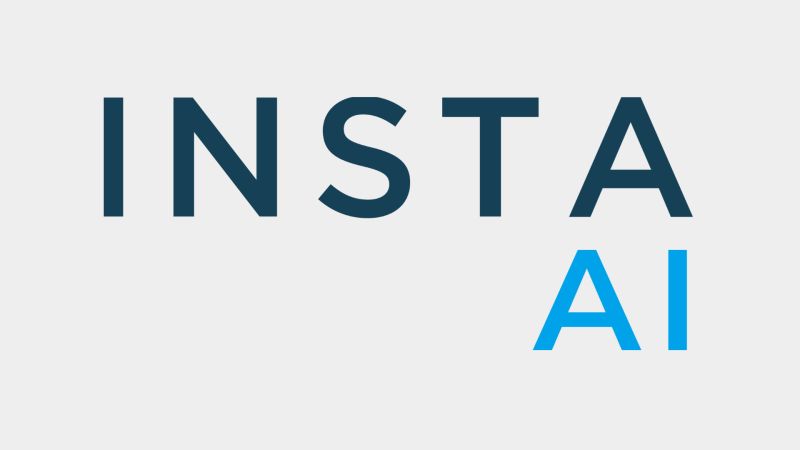
Housing Market Signals Early Signs Of Stabilization As Equity Levels Dip

The fourth quarter of 2023 witnessed a drop in equity-rich properties, signaling a potential shift in the housing market, while seriously underwater mortgages saw a slight increase.
The housing market is showing early signs of cooling off, according to a report from ATTOM.
In the fourth quarter of 2023, 46.1% of mortgaged residential properties were considered equity-rich. This means that the estimated loan balances for these properties were no more than half of their estimated market values.
While this percentage is still relatively high, it marks a decline from 47.4% in the third quarter of 2023 and 48% in the fourth quarter of 2022. At the same time, the portion of mortgaged homes considered seriously underwater, where the loan balances are at least 25% higher than the property's market value, increased slightly from 2.5% to 2.6%.
“It’s not as if there are big warning signs flashing," Rob Barber, CEO for ATTOM, said. "Similar things were happening early last year before the market surged in the spring. But the softening of equity follows a dip in resale profits last year for the first time in more than a decade as prices have stopped soaring through the roof. This year’s peak buying season will tell us a lot about whether things really have settled down long-term.”
The report revealed that equity-rich levels dropped in 41 states, with the most significant declines in the Midwest and West regions. However, some states, primarily in the Northeast, saw improvements. Similarly, seriously underwater mortgage levels rose in 42 states, particularly in the Midwest and South, where levels were already high. Some improvements were seen in states like Idaho and California.
Nine of the top ten states with the highest percentages of equity-rich properties were in the Northeast or West, while nine of the bottom ten states were in the Midwest or South. Metropolitan areas in the West and South dominated the list of places with the highest portion of equity-rich properties.
The fourth quarter price decline capped off a year when the median home price grew annually by just 2%, marking the weakest growth since 2012 when the housing market was just starting to recover from the aftermath of the Great Recession. Throughout 2023, prices experienced only modest gains due to a complex interplay of factors. Rising mortgage rates countered the upward pressure stemming from a limited supply of homes for sale, despite robust employment and a thriving investment market.
As the housing market enters its traditional peak season of Spring and Summer, the potential for uneven equity trends persists. However, this comes against the backdrop of elevated prices that continue to pose financial challenges for a substantial portion of potential homebuyers.




